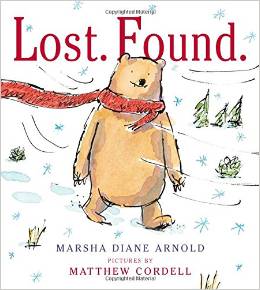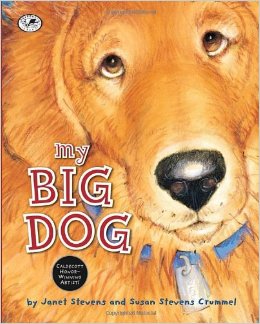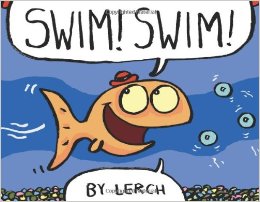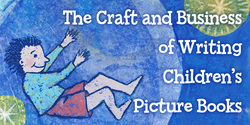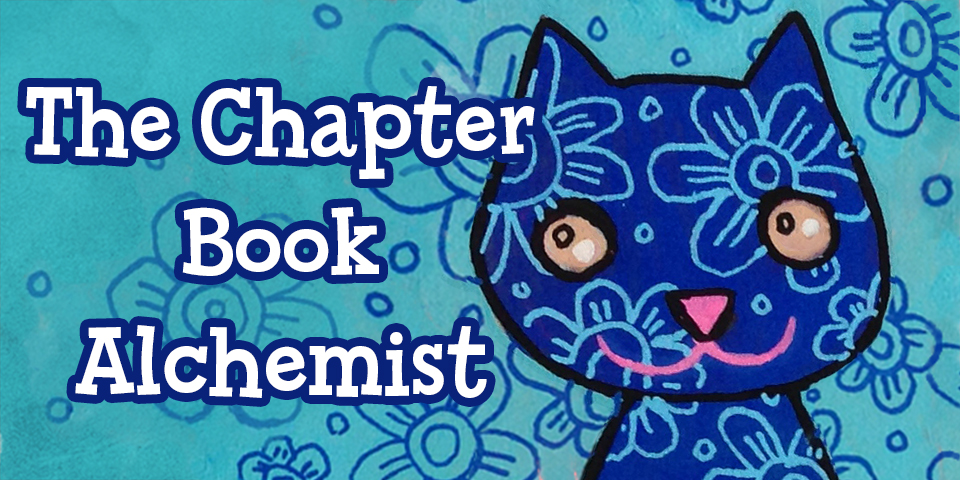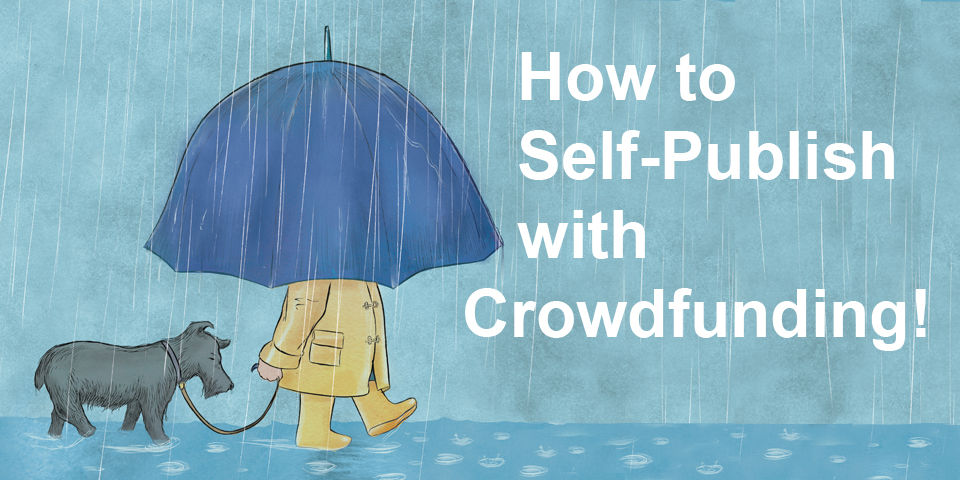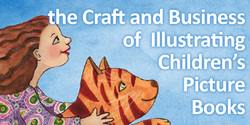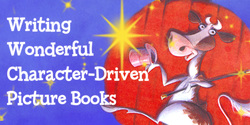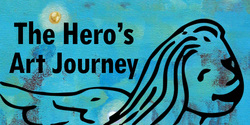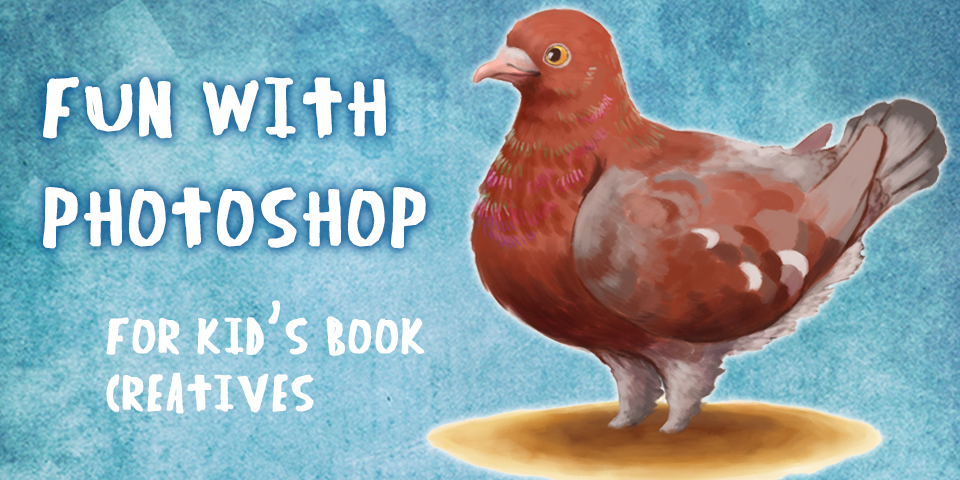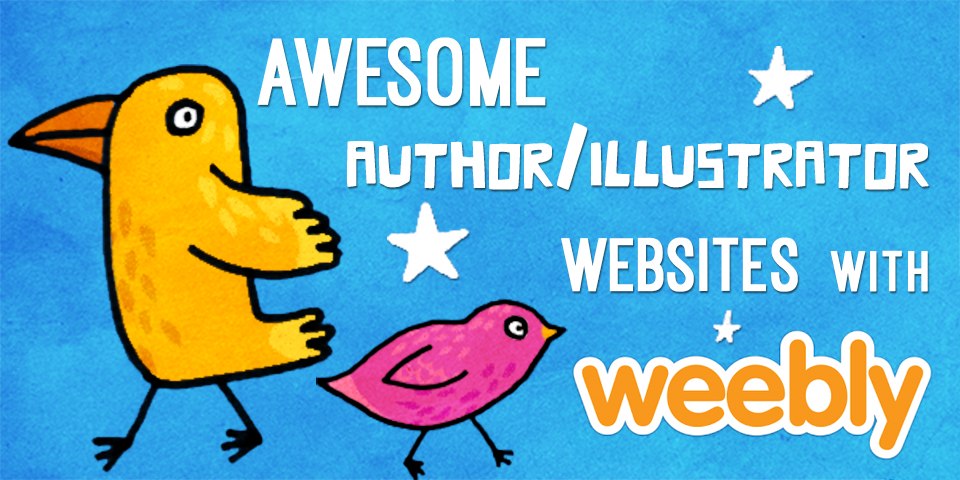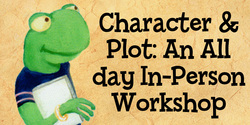|
Thanks for returning to delve deeper into plot with me. Visit here for the first part of Up A Tree With Plot: http://www.childrensbookacademy.com/blogettes/up-a-tree-with-plot-part-1-by-marsha-diane-arnold Plot structure has evolved over hundreds of years of storytelling and writing. Most stories have a three-act structure: Act I, Act II and Act III. I’ll briefly explain what traditionally happens in each act, along with an example or two. In Act I, the writer introduces the main character and setting. Then comes the inciting incident, which leads us into Act II, the middle. That incident takes the character in a new direction and leads to rising action and eventually, the climax, the moment of greatest tension, the most exciting part of the story. In my upcoming picture book, Lost. Found., the inciting incident is Bear losing his soft red scarf. Another wonderful example of rising tension is shown in Janet Stevens, My Big Dog. The arrival of a silly puppy upsets the balance in a cat’s home. As the intrusion into Cat’s life grows bigger, the cat is forced to leave. Tension rises as the cat is taken from one new home after another, but finds himself in more and more uncomfortable situations. Here comes the climax! The balloon has stretched to the popping point until “POP”. Cat can’t take it any longer. That’s when Violet, the dog, comes to the rescue and takes Cat home. Lost. Found.’s climax is when all the animals, except Bear, see the scarf at once. Mayhem immediately follows as they fight over the scarf, tearing it to shreds. After the climax, the story moves into falling action, which includes the events that happen as a result of the climax. The falling action in Lost. Found. is when Bear carries the threads of Red Scarf to his home and all the animals follow. The falling action leads to Act III and the resolution, where the main problem is solved and we see how the character/characters feels. You'll have to wait until Lost. Found's pub. date in early November to see its complete resolution (sorry for the tease :) ), but Swim! Swim! by James Proimos also ends with a lovely solution/resolution. “I’m lonely,” Lerch, the goldfish, announces. Off he goes to find a friend, talking to pebbles, a plastic diver, and bubbles. The tension escalates as it becomes clear that none of these work as a friend. The climax arrives when the fish meets a cat, who thinks the fish’s name is Lunch, not Lerch. Oh, oh! More trouble? The ending is a happy one when the cat introduces Lunch…I mean Lerch, to Dinner…I mean Dinah. A friend is found at last. Three acts is the traditional way a story is told, but there are many ways to tell a story. It’s probably best for you to stick with the frame successful storytellers have used for centuries before starting out on your own, though. And because it’s September and many students are beginning the school year, I have two activities for you too. Lucky you! THINKING ABOUT COMPLICATIONS and OBSTACLES, in other words, PLOT! 1) Create a character. Then think of a complication for your character. Brainstorm more complications, things that will create rising action. With each complication, the action should grow stronger and more intense. Write the complications on 3 x 5 index cards. There won’t be many for a picture book, but writing them down on separate pieces of paper that can be manipulated will help you envision your story. Organize these complications into a plot or structure, moving the index cards around as best suits your story. 2) Perhaps you’re a person who hasn’t had many obstacles in life or who doesn’t like to think about trouble. If so, you might have difficulty coming up with obstacles. Get a daily newspaper and look through it. From it, make a list of the obstacles people face in their lives. You’ll have obstacles aplenty, and hopefully, lots of fun!
7 Comments
|
Meet the Friday Blogonauts
First Fridays will feature Bryan Patrick Avery, published writer , man of mystery, and professional magician among other things.
Second Fridays will feature awesome multi-award winning author Marsha Diane Arnold who will be writing about character-driven and/or nature-based books and/or anything she likes :) Third Fridays will feature independent Aladdin/Simon & Shuster editor Emma Sector who has helped bring many books into the world. Fourth Fridays will feature the great Christine Taylor-Butler who has published over 70 award-winning fiction and non-fiction and nonfiction books including the acclaimed new middle grade series - The Lost Tribes. Fifth Fridays will feature the fabulous Carl Angel award-winning multi-published Illustrator and graphic designer. Join our Tribe
and receive 7 Steps to Creative Happiness, access to free webinars, and lots more!
Your email addresses are always safe and respected with us. Follow our Blog!
Archives
January 2019
Categories
All
|
|
Discover
|
About Us
|
Join Us
Join our Community and receive a fabulous free gift, KidLit tips, newsletters, scholarship info, contests, and more!
Join our KidLit Mentorship |
Social Media
Interact with our FaceBook Group or follow us on:
|
© 2010-2024 All content on this website is copyrighted. Sorry, all courses are non-refundable.
